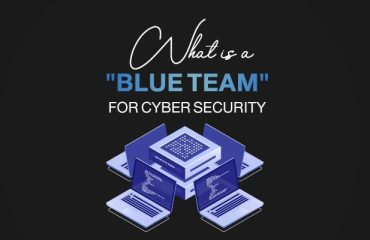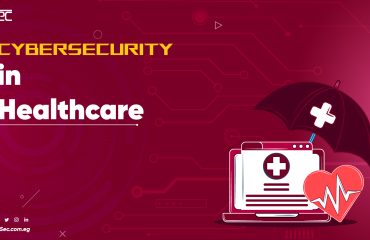
Introduction: In today’s rapidly evolving digital landscape, the healthcare industry is increasingly relying on technology to improve patient care, streamline processes, and enhance overall efficiency. However, with these advancements come significant challenges, particularly in the realm of cybersecurity. This blog post aims to shed light on the importance of cybersecurity in healthcare and the critical need for robust measures to protect patient data.
- The Growing Threat Landscape: The healthcare sector is an attractive target for cybercriminals due to the wealth of sensitive information it holds. From patient medical records to billing information, healthcare organizations store a treasure trove of data that can be exploited for financial gain or even endanger patient safety.
- Challenges in Healthcare Cybersecurity: Explore the unique challenges faced by the healthcare industry, including the complexity of healthcare IT systems, the diverse ecosystem of connected devices, and the often limited resources allocated to cybersecurity.
- Regulatory Landscape: Discuss key regulations such as the Health Insurance Portability and Accountability Act (HIPAA) and the General Data Protection Regulation (GDPR) that mandate the protection of patient data. Highlight the legal consequences for non-compliance and the role these regulations play in shaping cybersecurity practices.
- Common Cybersecurity Threats in Healthcare: Examine prevalent cyber threats such as ransomware attacks, phishing attempts, and insider threats. Provide real-world examples to underscore the potential impact of these threats on patient data and overall healthcare operations.
- Protective Measures: Outline essential cybersecurity measures that healthcare organizations should implement to safeguard patient data. This includes encryption, multi-factor authentication, regular security assessments, and employee training programs.
- The Role of Technology in Healthcare Security: Explore how emerging technologies such as blockchain and artificial intelligence can contribute to strengthening cybersecurity in healthcare. Discuss their potential applications in data integrity, access control, and anomaly detection.
- Incident Response and Recovery: Emphasize the importance of having a robust incident response plan in place. Outline the steps healthcare organizations should take in the event of a cybersecurity incident, including communication strategies and collaboration with law enforcement.
- Building a Cybersecurity Culture: Stress the significance of cultivating a cybersecurity-conscious culture within healthcare organizations. Encourage collaboration and communication among staff members to foster a collective commitment to data protection.
- Case Studies: Share real-world case studies of healthcare organizations that have successfully navigated cybersecurity challenges or, conversely, faced consequences due to inadequate security measures. Extract valuable lessons and insights from these experiences.
- Looking Ahead: Conclude the blog by discussing the evolving nature of cybersecurity threats and the importance of ongoing adaptation and innovation in healthcare cybersecurity strategies. Encourage a forward-thinking approach to stay ahead of emerging threats.
By addressing these key aspects, this blog aims to raise awareness about the critical role cybersecurity plays in safeguarding patient data within the healthcare industry, ultimately contributing to the overall well-being of individuals and the integrity of healthcare systems.



